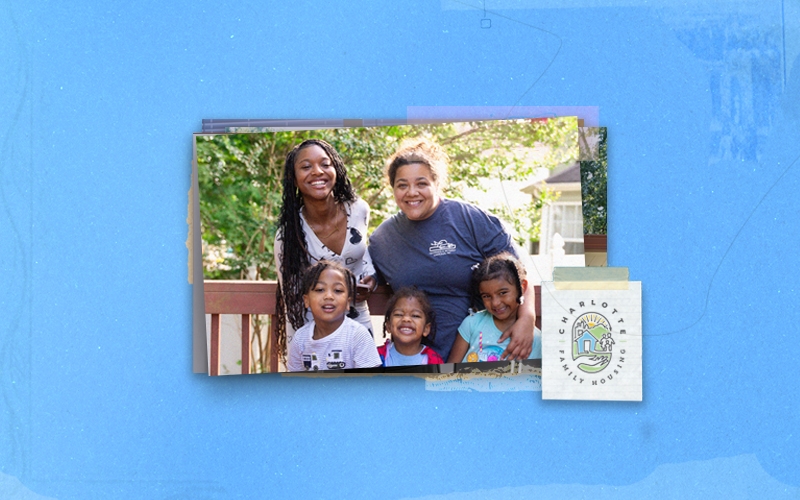Brand Strategy
A clearly defined and articulated target audience exists at the heart of any inspired brand strategy. But bringing that audience to life in a meaningful and actionable way can be challenging for researchers whose natural tendency is to focus on the objective facts. How can you, as a marketer, allow consumers to keep their humanity while enabling decision-makers to feel more intimately connected to their audience?
Just the Facts, Ma’am
The following traits represent one example of a traditional approach to audience profiling for marketing purposes:
- Age: 18 to 34
- Household Income: $75K to $150K
- Lives in urban or suburban regions
- Married with children living in the home
- Primarily shops at home improvement centers, with some visits to showrooms for inspiration and high-end product comparison
Even as we supplement this basic information with more psychographic and mindset insights to gain a better understanding of the target audience, we still reduce the complexity of human personality to a series of data-driven bullet points such as:
- Passionate about cooking and likes to entertain in her home
- Spends more money per month on fitness memberships
- Interested in products and services to help her save time
While this data is certainly informative and potentially insightful, it’s also a little flat. Disconnected. Uninspired.
Audience Narrative: Part Marketing Research, Part Art
At Wray Ward, the audience narrative is an important tool in our Insights toolkit. It’s part research and part art — a way to stay grounded in reality yet also permit some creativity in using the data points to weave an illustrative story. The best part is that everyone wins: these stories reward consumers by leaving their humanity intact, and they reward marketing decision-makers by allowing them to feel more intimately connected to their target audience. The marketers, in turn, can take cold data points on a page and turn them into living, breathing people.
Storytelling in Action
Recently, one of our clients provided several target audience profiles and asked us to bring them to life. Through a combination of data-derived insights and social media scraping, primarily on Pinterest, we wrote short narrative descriptions that brought the existing personas to life in a more authentic and relatable way, with the Wellness Warrior as one example:
Wellness Warrior
The Wellness Warrior's commitment to fitness, clean eating and healthy living takes both time and focus, so she relies on innovative shortcuts to help her achieve her goals. High-tech appliances, meal planning, meal kits and grocery delivery are her best friends — helping her and her family stay mindfully healthful throughout the busy day. Because food is fuel, the kitchen is an integral part of her wellness plan, though its form is only as good as its functionality. Although she enjoys cooking, she does not have time for lengthy weeknight dinner preparations and takes little joy from lengthy cleanups.
If you want to take your brand strategy to the next level, audience narratives can serve as an effective tool. Just remember, they’re simply the fancy icing on a delicious marketing insights cake. Separated from their spongy foundation, audience narratives are all sugar and no substance. While they should never replace thorough audience exploration, they can amplify your audience insights and help you, your team and your business focus on the most important takeaways.


